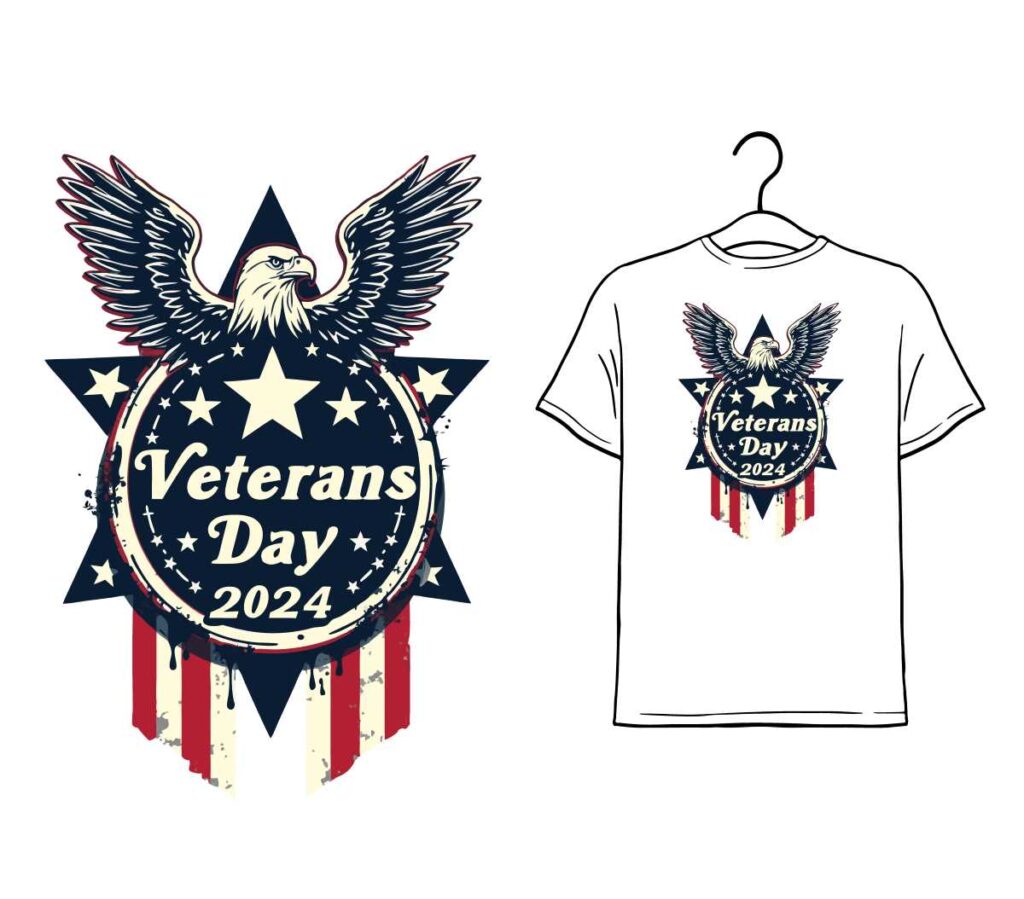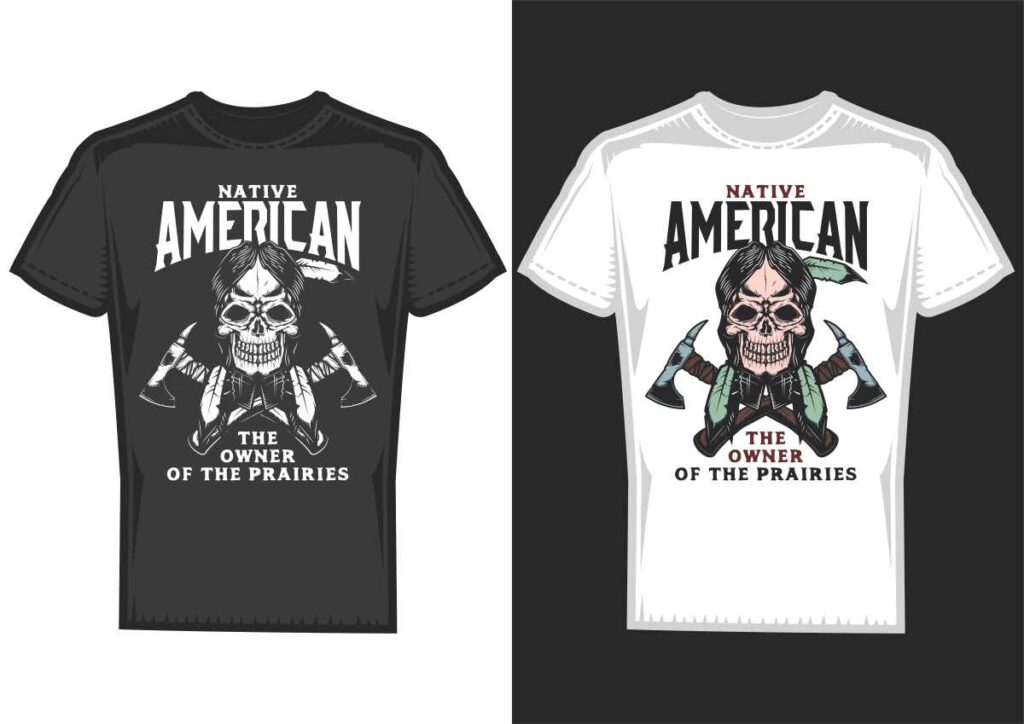DIY DTF Transfers are revolutionizing the way we approach custom garment design, offering enthusiasts a fantastic opportunity to unleash their creativity. This innovative method of Direct to Film printing allows users to easily transfer vibrant, detailed designs onto various fabrics, making it perfect for DIY garment printing projects. To successfully embark on your DIY DTF journey, it’s essential to gather the right DTF printing supplies, including specialized transfer film and high-quality inks. Additionally, incorporating practical heat press tips can significantly improve your results and make the process smoother. With these foundational elements, you’ll be well on your way to creating stunning custom designs that stand out and impress.
When it comes to personalized fabric printing, the techniques used for DTF transfers are gaining popularity among craft enthusiasts and small business owners alike. This method, involving the application of adhesive powder and a heat press to bond designs onto fabric, has become a go-to choice for those looking to explore unique transfer paper techniques. Utilizing this advanced approach to printing allows for eye-catching images and intricate patterns, perfect for creating one-of-a-kind clothing and accessories. By familiarizing yourself with essential supplies and effective strategies, you can master the art of DIY garment printing. As you delve into this fascinating realm, you’re sure to unlock a newfound passion for creating your own stylish apparel.
Understanding DTF Printing Supplies
DTF printing supplies are essential for anyone serious about mastering the DIY DTF transfer process. At the heart of this method is the DTF printer, which utilizes specialized inks designed to enable vibrant color reproduction on transfer films. These printers often provide superior results compared to standard inkjet models. In addition to the printer, high-quality transfer films and DTF inks play a crucial role in achieving professional-grade results. The right combination of these supplies can drastically improve the quality of your designs, ensuring that colors remain rich and adhere perfectly to fabric.
Moreover, investing in proper DTF inks ensures that your designs not only look great but last over time. Quality inks are formulated to maintain their vibrancy and withstand multiple washes without fading. Pairing these with reliable adhesive powders allows you to create designs that are not only beautiful but also durable, adding value to your DIY garment printing projects. As the crafting world embraces DTF methods, understanding your supplies will set the groundwork for artistic success.
Top Tips for Successful DIY DTF Transfers
To ensure successful DIY DTF transfers, having the right supplies is only half the battle; applying expert techniques during the creation process is equally important. Surface preparation is the first step in achieving a flawless transfer. Fabrics should be cleaned and prepped to eliminate any contaminants that could interfere with the adhesion of your designs. Washing the garments prior to printing removes any oils or residue that may exist, giving your DTF transfer the best chance for effective bonding.
Furthermore, adjusting print settings based on the thickness of your transfer film and the type of fabric can elevate your results. Different fabrics respond uniquely to heat and pressure; using a heat press with precise temperature control is crucial for obtaining the right effect without damaging the material. Remember to experiment with sample transfers to fine-tune settings and achieve the perfect balance, as this can significantly reduce errors and save costs during production.
The Importance of Quality Heat Pressing
Achieving the perfect DTF transfer relies heavily on the quality of your heat application. A heat press machine should distribute heat evenly across the entire surface of your design to ensure complete adherence. The pressure and temperature settings must be tailored to the specifics of the fabric used, as some materials react differently under heat. Not only must you monitor the time and temperature, but understanding the nuance of the fabric’s response to these factors is key to preventing scorching and achieving a professional finish.
Additionally, incorporating protective sheets between your transfer and the heat press is critical. This simple step helps to safeguard both the design and the heat press itself from any adhesive residue or damage. It’s wise to regularly check these protective sheets for wear and tear to maintain the quality of your heat press application.
Key Techniques for Weeding Your Transfers
Weeding is a vital step in the DIY DTF transfer process. This technique involves carefully removing the excess transfer material to leave behind only the desired design on the film. Utilizing high-quality weeding tools, such as hooks and tweezers, can enhance the precision of your work. A well-executed weeding process not only saves time but also contributes to the overall professionalism of your finished product.
During the weeding process, it’s important to work slowly and deliberately, especially with intricate designs. A steady hand and good lighting can help ensure that your transfers look clean and polished. Practice can greatly improve your weeded design outcomes, helping you gain confidence and efficiency in your DIY garment printing projects.
Creating Custom Garment Designs with DTF
One of the most exciting aspects of DIY DTF transfers is the ability to create custom garment designs tailored to your unique style. This method allows for endless creativity, enabling you to mix and match various graphics, text, and colors to make each piece truly one-of-a-kind. Whether you’re designing for personal use or for a small business, the potential to produce bespoke clothing items is invaluable in today’s market.
Moreover, the ability to digitally design and print means crafters have far more control over the final product. By employing various design software, you can experiment with different layouts, fonts, and color schemes before finalizing your work. This customization process can transform ordinary garments into distinctive pieces that reflect individual personalities or marketing themes seamlessly.
Advanced Techniques for DTF Transfer Success
As you become more experienced in DIY DTF transfers, implementing advanced techniques can elevate your projects to new heights. One such technique is layering designs using multiple transfer applications, allowing for depth and creativity that makes your garments stand out. Layering can be particularly effective when using contrasting colors or textures, creating eye-catching visual effects that captivate audiences.
Additionally, don’t overlook the significance of keeping abreast of the latest advancements in DTF printing supplies and techniques. Technology is always evolving, and staying informed will enable you to refine your skills continuously. Joining online communities or forums can provide insights into what tools or methods others find successful, which can significantly benefit your own craft.
Frequently Asked Questions
What are the essential supplies needed for DIY DTF transfers?
To successfully create DIY DTF transfers, you will need several essential supplies including a dedicated DTF printer, DTF transfer film, DTF inks, adhesive powder, a heat press machine, weeding tools, and protective sheets. These items are crucial for achieving vibrant designs and ensuring quality transfers onto fabrics.
How do I prepare my fabric for DIY DTF transfers?
Preparing your fabric for DIY DTF transfers involves ensuring that it’s clean and free from debris. Wash and dry the garments to remove any oils or residues that may impact adhesion. Proper surface preparation is vital for the success of the transfer.
What print settings should I use for DIY DTF printing?
Adjust your printer settings according to the thickness of your DTF transfer film and the specific fabric type. Always refer to the manufacturer’s guidelines to ensure optimal print quality and compatibility with your materials.
How do I cure adhesive powder after applying my DIY DTF transfer?
To cure the adhesive powder after applying it to your DTF transfer, you need to re-press the design at a specific temperature for the recommended time. Proper curing is essential for creating a strong, durable bond between the design and the fabric.
What temperature and time settings should I use for heat pressing DIY DTF transfers?
Different fabrics have different tolerances to heat, so it’s important to follow the recommended temperature and time settings for the specific fabric you’re using. This will help avoid potential damage to the material during the heat pressing process.
Why is conducting test transfers important in DIY DTF printing?
Conducting test transfers is crucial in DIY DTF printing as it allows you to assess how your materials and printer settings interact. This trial-and-error method helps refine your technique, ensuring you achieve the best results on final products and avoid costly mistakes.
| Key Points | Details | |
|---|---|---|
| Introduction to DIY DTF Transfers | A modern technique for creating custom fabric designs with efficiency. | |
| What is DIY DTF Transfer? | A process of printing designs on film, applying adhesive, and heat pressing to fabrics. | |
| 1. DTF Printer | Essential for printing on transfer film; specialized printers yield better results. | |
| 2. Transfer Film | Designed for DTF ink to ensure quality color reproduction. | |
| 3. DTF Inks | High-quality inks are crucial for vibrant colors and strong adhesion. | |
| 4. Adhesive Powder | Binds the transfer design to the fabric; must be specific for DTF use. | |
| 5. Heat Press Machine | Provides precise temperature control for effective transfers. | |
| 6. Weeding Tools | For removing excess film and ensuring clean designs. | |
| 7. Protective Sheets | Protects transfers and heat press from damage during operation. | |
| Tips for Successful DTF Transfers | ||
| Surface Preparation | Ensure fabric is clean and free of debris before applying transfers. | |
| Print Settings | Adjust printer settings to match film thickness and fabric type. | |
| Curing the Adhesive | Proper curing enhances durability; follow specific temperature and time guidelines. | |
| Temperature and Time | Follow recommended settings for different fabrics to avoid damage. | |
| Testing | Conduct test transfers to refine technique. | |
Summary
DIY DTF Transfers provide an innovative and flexible approach to fabric decoration that is growing in popularity among crafters and small business owners. This method allows for the creation of detailed and vibrant custom designs with relative ease. To embark on your own DIY DTF journey, gather essential supplies such as a specialized DTF printer, transfer film, high-quality inks, and a reliable heat press machine. Additionally, implementing the right techniques, from surface preparation to curing the adhesive, can make a significant difference in the quality of your transfers. By staying informed and practicing your skills, you can unlock the full potential of DIY DTF Transfers, transforming your fabric projects into unique pieces of art that showcase your creativity.



